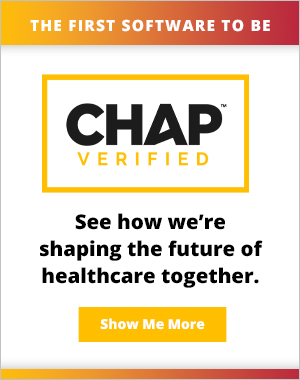
The transition to Hospice Outcomes and Patient Evaluation (HOPE) will require providers to have a comprehensive understanding and clear grasp of the HOPE requirements to remain compliant.
Kate Warnock, Senior Director of Communications and Brand Strategy in Marketing at Forcura, led a HOPE-focused webinar with Raianne Melton, RN, BSN, CHPN, Senior Director of Professional Services at Axxess; Stephanie Adair, Vice President of Hospice Services at Liberty Home Care, LLC; Eric Graham, Director of Central Intake at Liberty Home Care, LLC; and Ryan Plummer, Senior Director of Product Management at Forcura.
The group discussed the rationale behind HOPE and the steps organizations can take to ensure they navigate the changes with confidence.
The Why Behind HOPE
The group outlined the “why” behind HOPE, highlighting that the tool is designed to help improve hospice quality reporting and measurement. This change represents a shift in clinical documentation, moving from retrospective summaries to real-time assessments. To be successful at HOPE, organizations will need to reevaluate how care is delivered, tracked and documented.
“HOPE isn’t just about checking boxes,” said Melton. “It’s about aligning what’s documented with what’s actually happening with the patient — in real time, not in hindsight.”
Adair echoed those sentiments, adding that HOPE represents a positive and meaningful step for providers in delivering more patient-centered care.
“My first impression of HOPE is that it represents a meaningful step in how we assess a patient’s needs,” Adair said. “It’s more person-centered with an emphasis on patient experience. I can appreciate CMS moving toward a more holistic and consistent approach to care management.”
HOPE Action Steps
Melton laid out key steps that organizations can take to increase their HOPE preparedness:
1. Start now.
2. Review current processes.
3. Correct current issues.
4. Understand how your EMR will manage HOPE.
5. Lean into training.
6. Engage staff.
Expanding on these key points, the group emphasized the importance of providing early and thorough staff training and leveraging technology to assist in the transition.
“You could have the best tech in the world,” Plummer said. “But if your people and your processes aren’t maximizing that tech, you’re not going to get that ROI that you’re looking for. Aligning people, processes and technology is key.”
Lowry and Totaro echoed this sentiment, emphasizing that training programs and leadership classes are an essential piece to retaining staff.
The group noted that providers should look to technology partners that integrate well together and provide visibility across departments and workflows.
Melton and Graham emphasized leveraging the intake team to streamline operations, focusing on enhancing interdisciplinary coordination to save time on documentation.
“[At Liberty], we’ll be doing our best to support the field teams throughout this process,” said Graham. “We’re working collaboratively with them to see if we should be doing anything differently in the intake process to help them.”
The group concluded the session by looking ahead to the future of hospice care, noting that changes in regulations and the development of assessment tools like HOPE represent positive steps forward and will ultimately benefit patients.
“We can never lose sight of the human side of things,” said Adair. “Regulations may guide our operations, but compassion is our calling.”
To learn more about how your organization can prepare for HOPE, visit the HOPE resource page here.
